By Charles Whiting
Devizes in southern England had had a quiet war. It had not suffered any bombing as most English cities had. Nor had it been overrun by evacuees from London or Birmingham.
Naturally, there had been soldiers coming and going. First it had been the members of the Wiltshire Regiment, the local battalion that left its creeper-covered depot near the Marchant barracks. It had been followed by the battered survivors of Dunkirk, who in their time were also replaced.
In 1942, the first Yanks started to arrive. These were the “Blue & Grays” of the 29th Infantry Division. They were to stay so long, they quipped, that they were to remain in the United Kingdom and scoop the bluebird dung off the White Cliffs of Dover (referencing a popular song of the day sung by Vera Lynn).
That was not to be. By the summer of 1944, the 29th had gone, only to be replaced by men wearing the uniform of the enemy, a stream of Wehrmacht prisoners of war brought from the nearby port of Southampton. At a rate of 2,000 a day, they were filling up the Devizes camp and hundreds like it throughout the United Kingdom.

By December 1944, there were well over 250,000 young Germans in Britain, guarded by a handful of middle-aged or unfit British soldiers.
Now, strange things started to happen around these camps. Lurking figures were reported everywhere. Weapons and even trucks from the nearby U.S. military hospital were stolen, and discipline had fallen apart.
While the German authorities demanded the locations of these camps, the British refused in case the Germans attempted a parachute drop to free the POWs. The Germans secretly organized escape committees. In the case of Devizes, it included Sergeant Joachim Palme-Goltz of the SS Leibstandarte and Private Kurt Zuchlsdorff of the 17th SS Panzergrenadier, a hardened killer who boasted of the many Americans he had killed before he had been captured.
But these fanatics were being observed by Wolfgang Rosterg, once a fanatical Nazi himself from a rich family, who acted as the camp’s interpreter. His task of keeping his fellow prisoners docile was made more difficult by two things: the first German victories in the Battle of the Bulge and the arrival of a new kind of tough paratroopers who encouraged the camp’s fanatical Nazis.
One of these newcomers, 19-year-old Officer Cadet Erich Koenig, was particularly fanatical. He snarled at the first guard he met at the Devizes camp. “Our day will come soon. I’ll be back with a whip, and the first person I’ll use it on is you!”
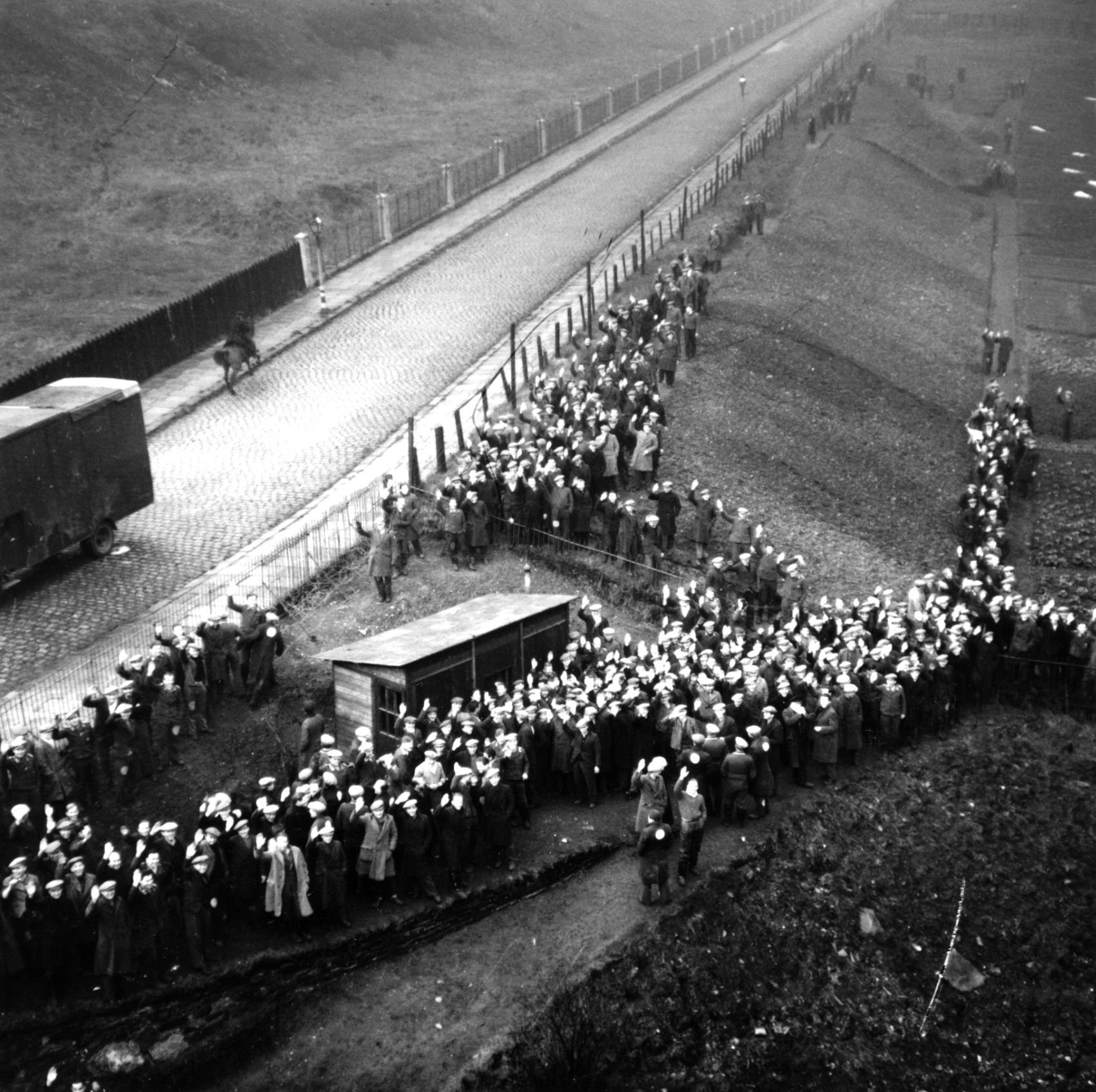
Apparently there was more to Koenig than simply being a blowhard. It appeared as if he had been briefed before he had been captured regarding what he was supposed to do in case he fell into enemy hands (the British also routinely trained their troops in such cases) and now he brought the possibility of a breakout into the open. He encouraged his fellow “blacks,” the name for the prisoners who were Nazis, with statements such as, “We are still German soldiers. It is our duty to escape. We must, however, do more than escape. We must spread terror. We must march on London.”
But Rosterg was listening. He told himself these men were dangerous. Somehow, he must inform the British authorities. By doing so, he signed his own death warrant.
The plot continued. For a new POW, Koenig seemed to know a lot. He said he knew of six camps in southern England where there were similar plots afoot. They would form a kind of Trojan horse in the middle of the enemy citadel because “our espionage system in England is excellent.”
Now things were going well for the Germans. In the Ardennes the Americans were retreating, a whole German parachute brigade had landed behind the U.S. lines, and Churchill had been forced to use his last military reserves to help fight the German attack in the Bulge.
Already, there were Germans in other camps prepared to follow Koenig’s plan. Sergeant Gerald Hanel, a 17-year-old paratrooper who was far away in the north at the Command Screening Camp in the industrial town of Doncaster, was such an example. Now, the British attempted to break the spirited young Saxon. They failed, and with 50 other young paratroopers he was sent to the Glen Mill camp, which had lapsed into virtual anarchy. The place was being run by German bully boys armed with homemade clubs and caps with razorblades sewn in the peaks. One slash with a cap of that type, and a man was scarred for life.

At the Glen Mill camp, the prisoners even demanded that the barbed wire fence be moved. Their spokesman received a right hook from the camp’s sergeant major for his cheek.
The Germans grew ever bolder as their troops in Belgium drove for the River Meuse, and hopefully from there to the English Channel. At night, they cut the wire and advanced ever farther afield looking for the weapons they needed for the great escape. But by now their hosts were becoming ever more aware that something dangerous was afoot. Not only did the British have their stool pigeons and listening devices inside the camp, but they were also picking up the secret messages between Germany and the various camps, which had been sent through such means as microdots and seemingly harmless private letters.
Colonel Upton, the Devizes camp commandant, called a secret conference. What were he and his officers to do if the Germans attempted a breakout? They knew most of the POWs’ intentions in Devizes and other camps by now. They came to no firm conclusion except that they had to be prepared for anything.
Now the problem went up through channels until it reached Churchill himself. He interrupted a top-level cabinet meeting to discuss the matter, and with his usual growl he ordered that all Christmas leave for Army, Police, and Home Guard be stopped because he suspected that the Germans would revolt during the traditional season of goodwill to all men.
At the same time, he asked for help from the U.S. forces in England. The 66th Infantry Division was scheduled to sail for Cherbourg, France, on Christmas Eve, leaving only the 11th Armored Division in the immediate area where the great escape attempt was expected.

It was then that the Germans launched their last parachute drop of World War II. An entire brigade of the German 6th Parachute Regiment dropped behind the lines of the U.S. 1st Infantry Division in Belgium. The drop seemed to be a signal for open revolt. But the guards were now forewarned and supported by the tough veterans of the British 6th Airborne Division, soon to fight in the Battle of the Bulge themselves. They went into action supported by tanks and armored cars. Mostly, however, they fought it out with stones, fists, and bats. Everywhere the Germans, along with a few radical Italians, broke out of their camps across the length of Britain.
The problem was accelerating by the day, and odd little bands of escaped Germans were on the run everywhere. They were even killing their own who were longing to stop, including a German officer who had once been a protestant cleric.
Churchill called in his German specialist, Colonel A.P. Scotland, who had once actually served in the German Army. On December 19, he wrote, “No escape story of the Second World War is more fantastic than that of the prisoners of Devizes. It began with a bold master plan for a mass breakout of German POWs …”
It also included an extraordinary project for an armed sweep by the escaping men through hundreds of miles of England, but the tough old German expert was not going to let that happen; he worked his stooges and informers at all levels, urgently seeking information. Then, he had a stroke of luck. One of the key plotters became a turncoat. He explained that the plotters in Devizes kept in touch with similar people 100 miles away. It was the breakthrough Colonel Scotland needed.
If he could not stop the individual breakouts—there were too many POWs and too few guards—he could break up the secret links between the camps by imprisoning the plotters in one spot. This should prevent a major breakout.
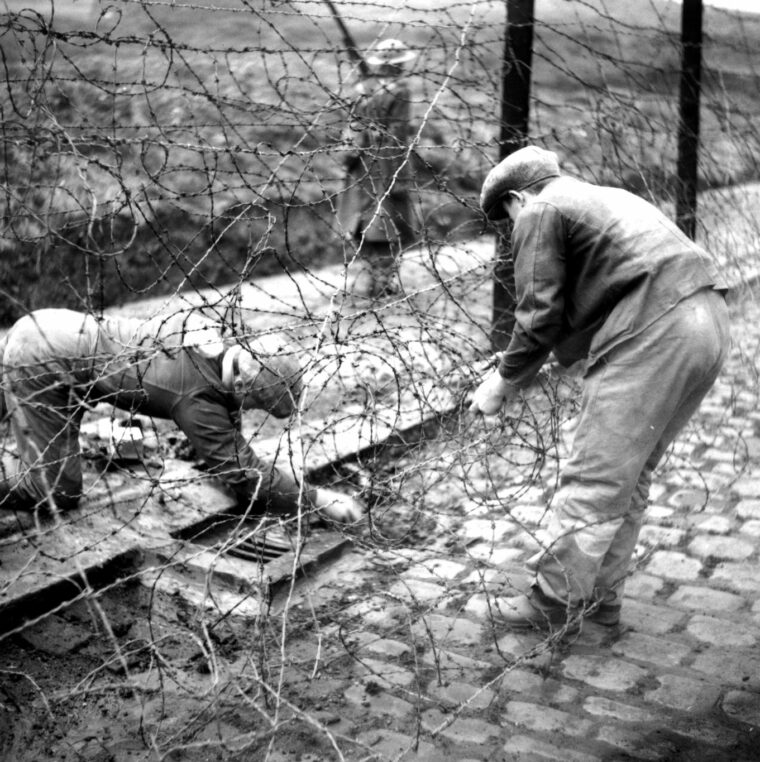
Scotland had the key plotters transferred to Comrie in northern Scotland. This was the main top-security camp housing Nazi fanatics and the like, and with those sent from Devizes went the interpreter stool pigeon. It was a fatal move for all concerned.
One late afternoon, Rosterg was seized in his bunk, and with a mob howling for his blood, he was taken away for his “trial.” He was charged with betraying the Devizes plot. Clad only in his shorts and vest despite the freezing cold, he fought back, but as brave and bold as he was, he did not stand a chance. The mob wanted blood.
The angry POWs broke Rosterg’s nose, then his ribs, broke his eardrums, and beat him until he lapsed into unconsciousness. Then they left to confer with all the Devizes men. They wanted joint action. Scar-faced Palme-Goltz, one of the real toughies, snarled, “We need a rope to hang the bastard traitor.” The rope was found in a hurry. Palme-Goltz started to beat the victim once more. Blood began to pour from Rosterg’s mouth. The killers showed no mercy. After yet more torture, gasping like a pack of wild dogs on the rampage, they left Rosterg, hanging by the rope and dying slowly, in the latrines. It was all over, with the plotters turned killers promising each other they would stick together and never reveal what happened.
Of course, they did not stick together. Someone broke down, and five of the main plotters were sentenced to death. The official hangman was called in. That winter, the quiet Yorkshire man whose main job was running a pub had executed 29 German war criminals. Now he made short work of Koenig, Palme-Goltz, and the rest. In two hours, it was all over.
Today, some 60 years later, the victims and the murderers lie under the English earth at the German cemetery of Cannock Chase. No one visits their well-tended graves. For they are forgotten men who came to England as prisoners, hating the nation as an enemy and determined to escape from it at any cost. They paid the price. It was in blood, and in the end they were fated to remain on English soil forever.
Well-known author Charles Whiting has written regularly for WWII History. He has written a number of well-received books, which have sold millions of copies worldwide.

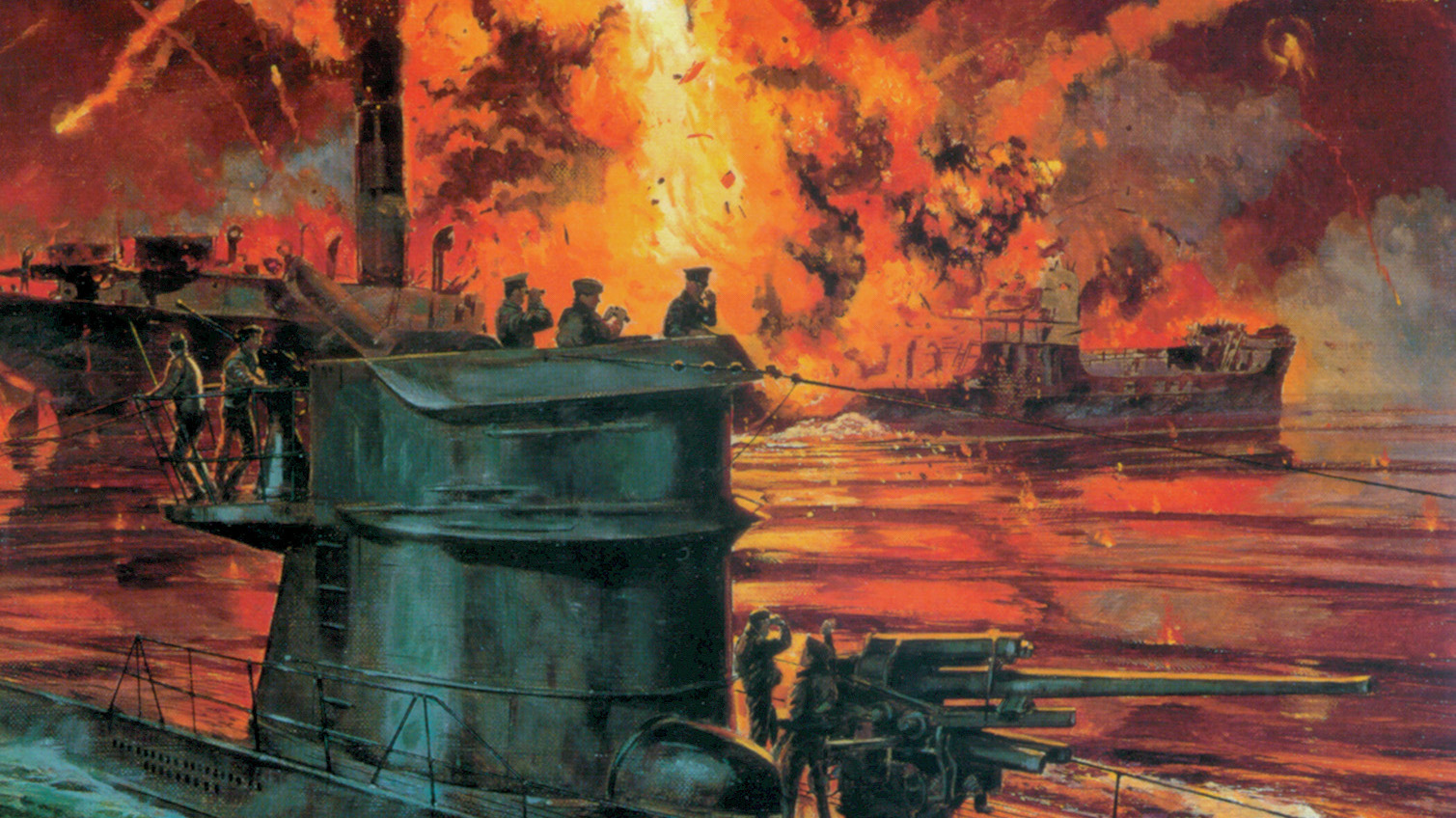
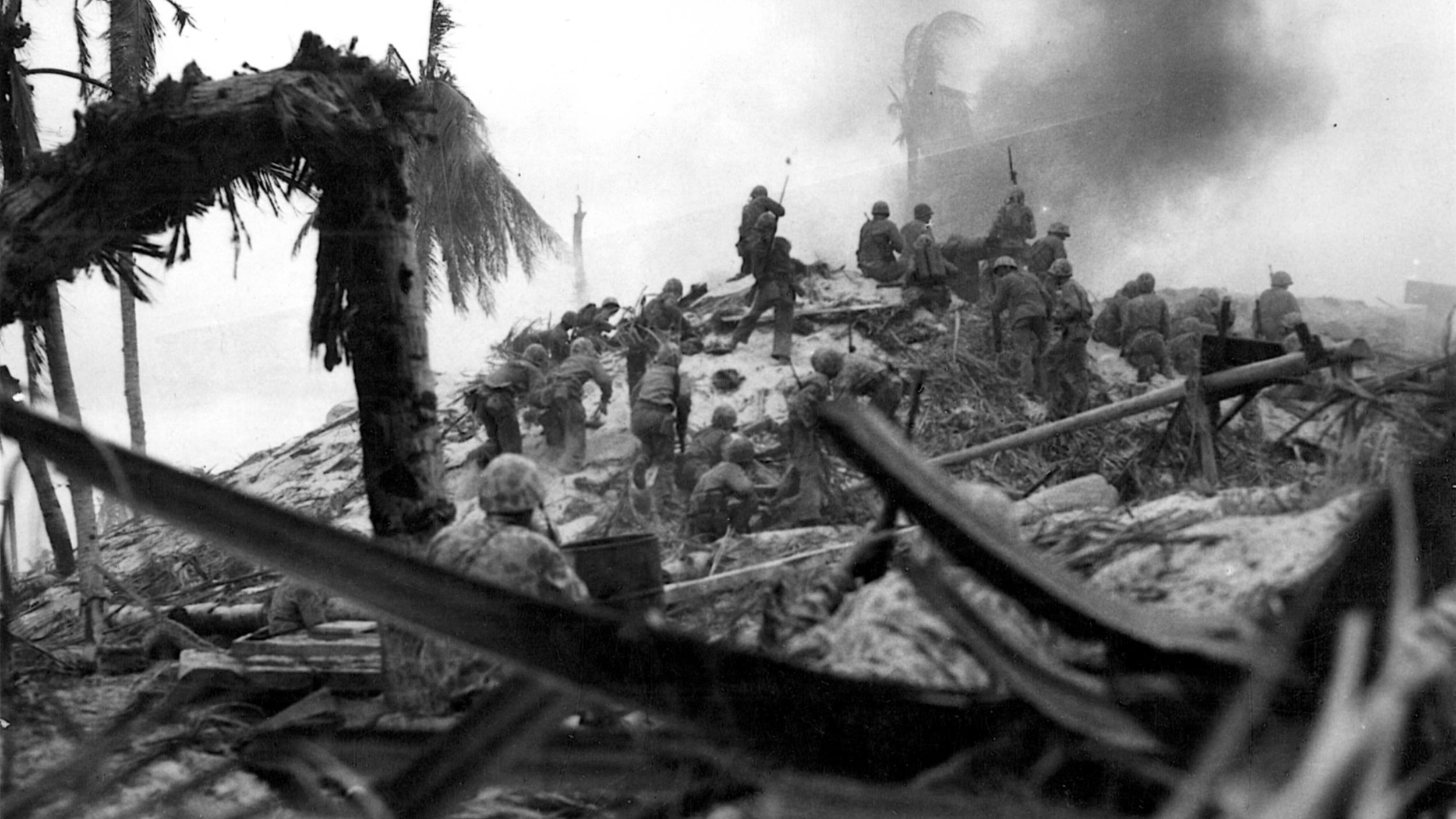
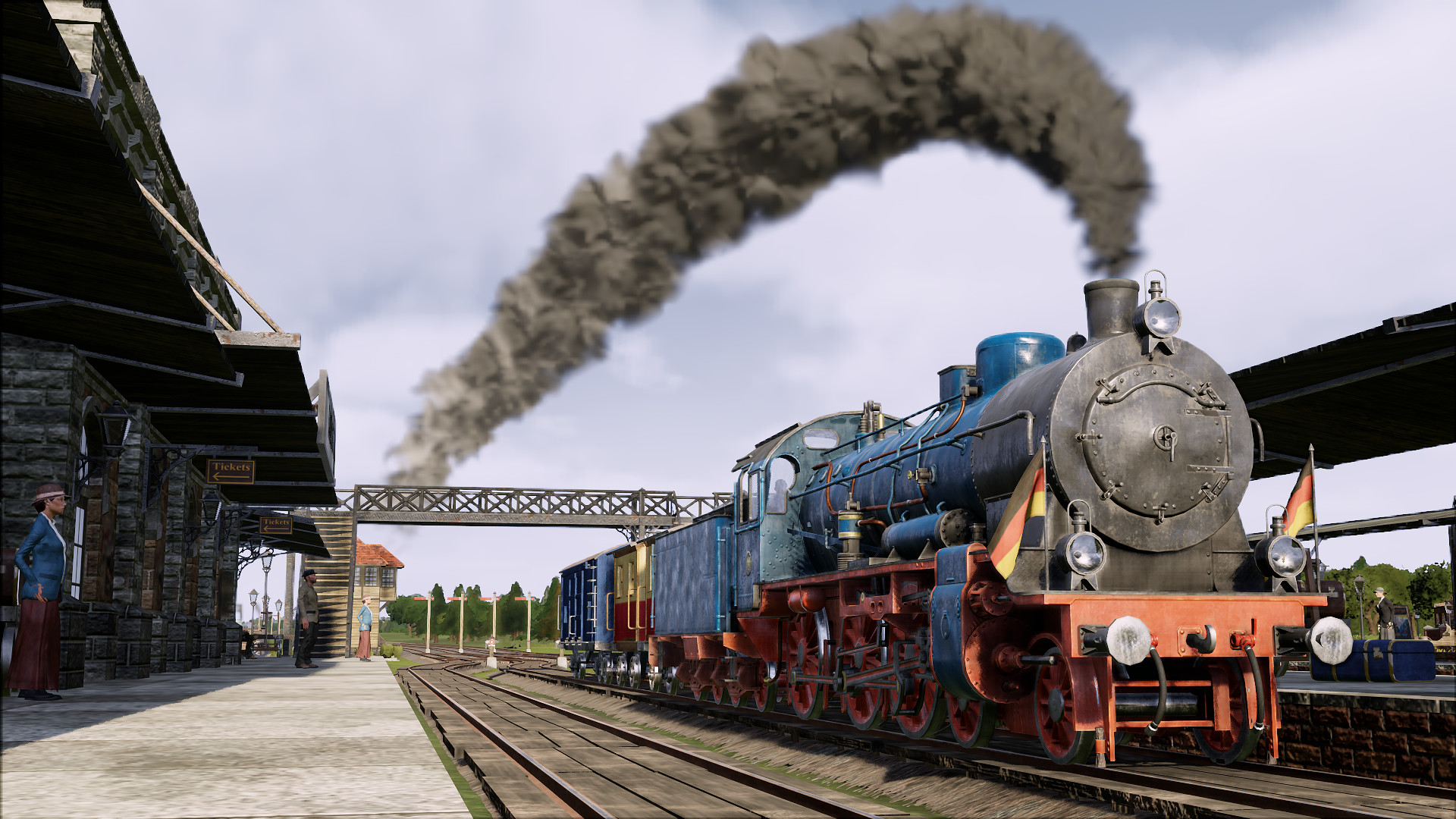

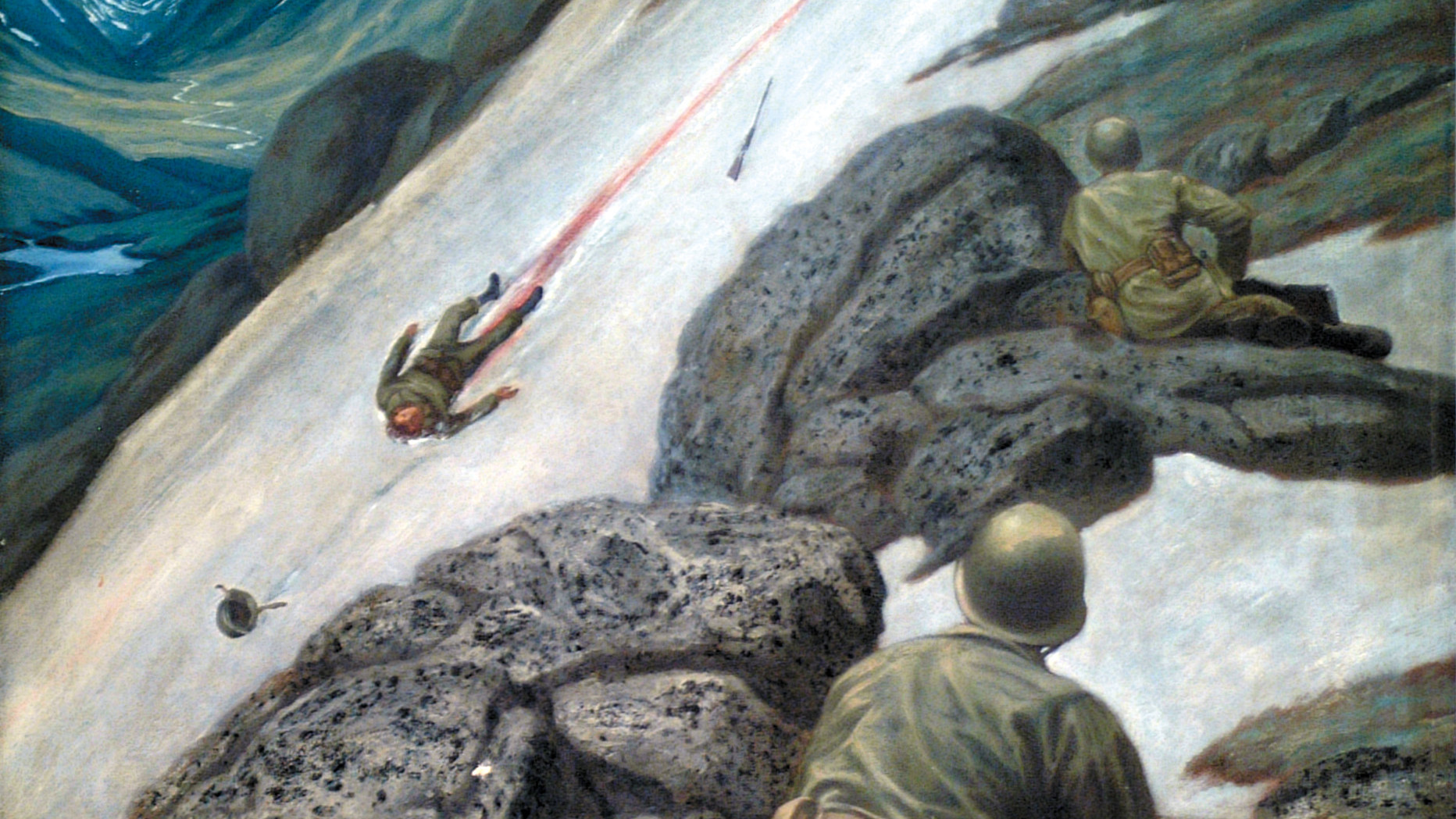
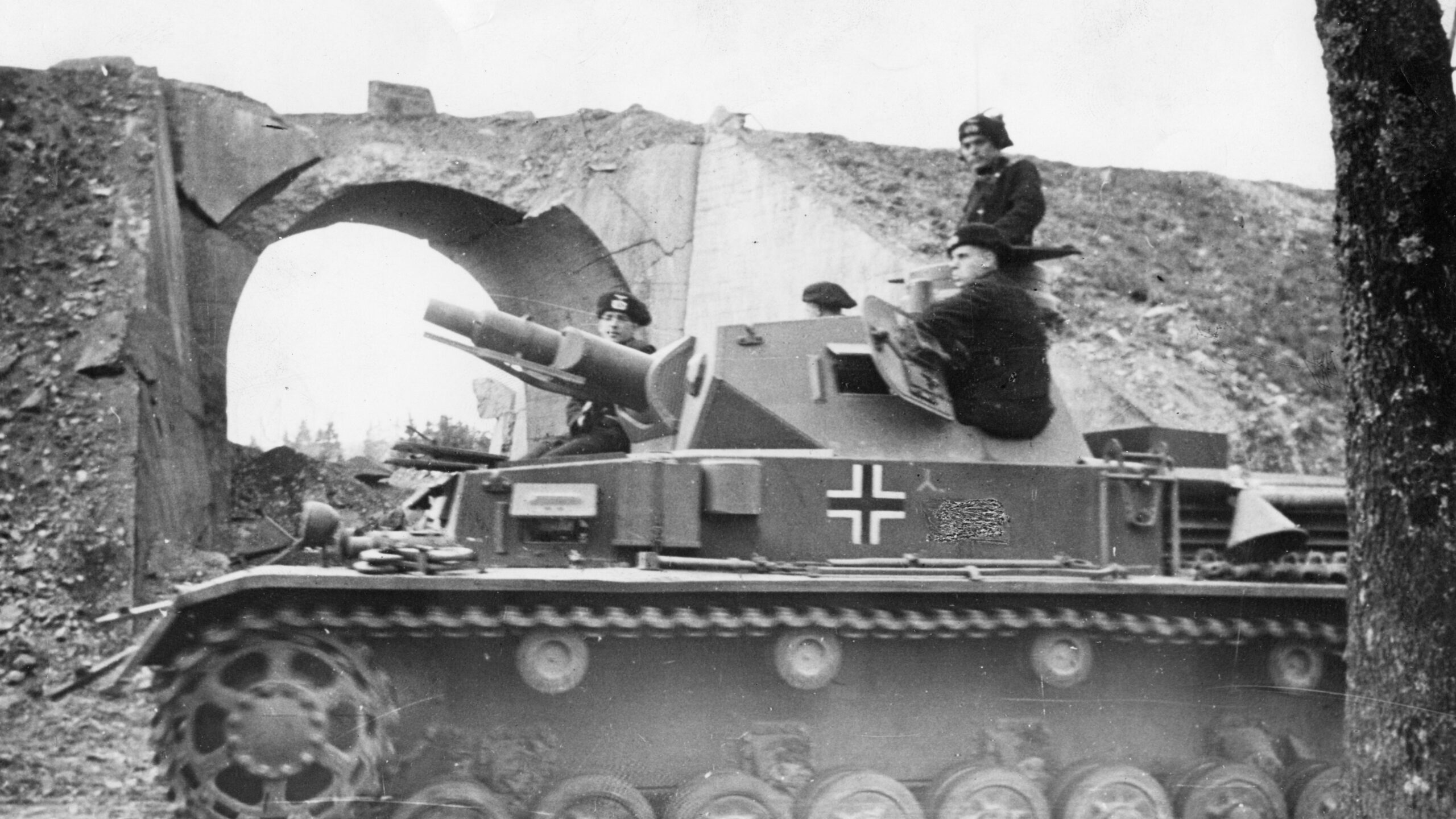
Join The Conversation
Comments
View All Comments